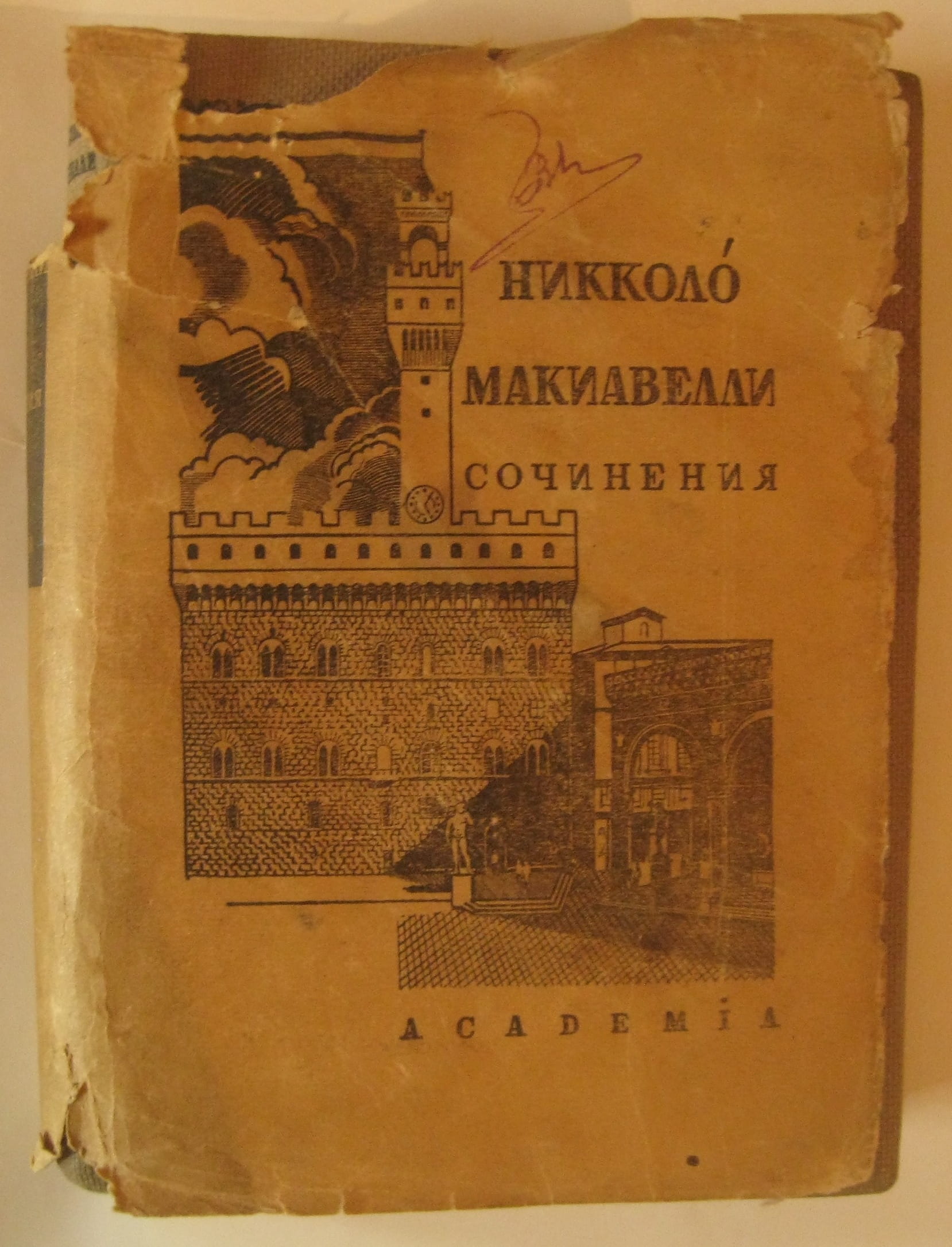
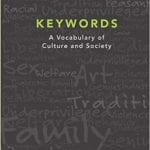
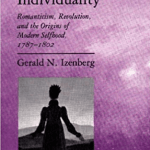

We asked faculty to reflect on an important work of intellectual history that they find neglected in university classrooms and graduate seminars today, and which we might revisit. We’re grateful to Professors William J. Connell, Joyce Chaplin, Samuel Moyn, and Martin Jay for sharing their thoughts.
For those seeking reading lists for comprehensive exams in Intellectual History and adjacent fields, please see our new Reading Lists archive.
From Professor William J. Connell (Seton Hall University):
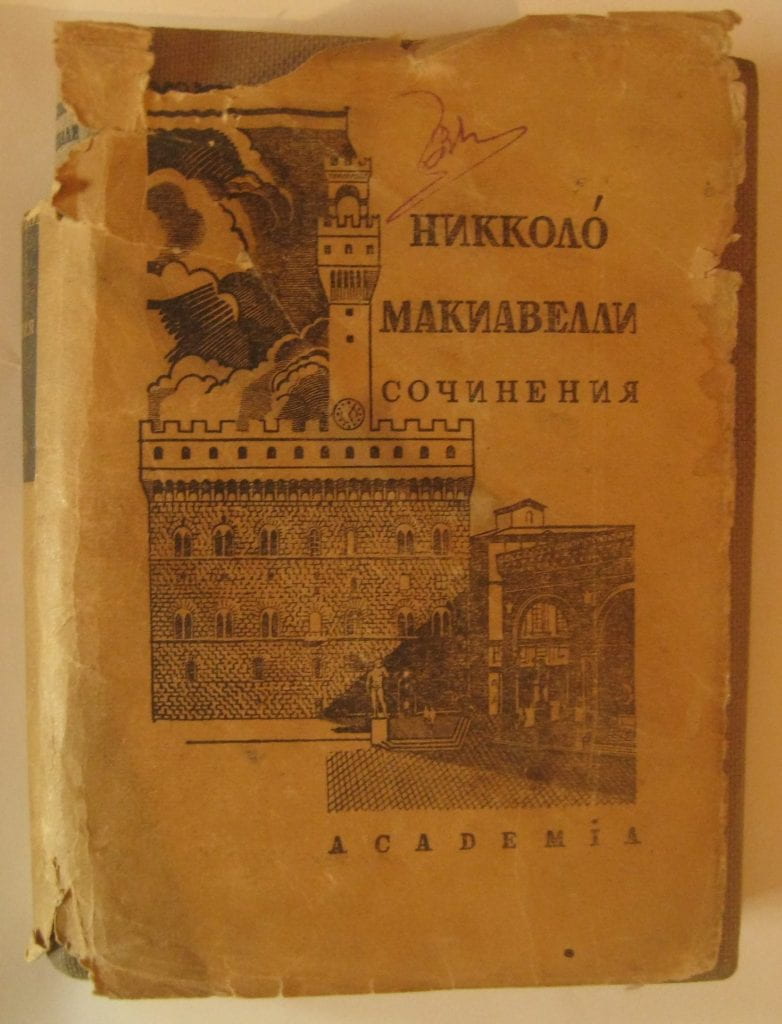
Lev Kamenev, The Preface to the Soviet Prince (1934).
In November 1934, there appeared the first and only edition of Machiavelli’s Prince to be published under the Soviet Union. [See Figure 1]. A government-supported press, Academia, had initiated a project to create a set of fine Russian language editions of the classics. The Machiavelli volume included a “Preface” that is an exciting text to teach with, since, like The Prince itself, it raises serious questions about authorial intention and the interpretation of written language.
The “Preface” to the Soviet Prince was written by Lev Kamenev, an Old Bolshevik, once very close to Lenin, who was then directing Academia. In 1920 Kamenev had been appointed editor of Lenin’s collected works. After Lenin’s death, Kamenev became a leader in the Communist Party faction known as the Opposition that challenged the increasingly dominant role of Josef Stalin. In a daring speech to a Party Congress in 1925, Kamenev said, “We are opposed to the theory of a leader; we are against the making of a leader.” In 1927 Kamenev was taken off the Central Committee and sent to Italy as Ambassador, only to be recalled and expelled from the Party. Repentance and readmission to the Party were followed by a second expulsion and exile in Siberia that ended only when he abandoned politics and took up publishing.
Kamenev’s “Preface” offers a succinct socialist reading. He calls Machiavelli a writer who offers not a system but instead a clear perspective on how things happen. He praises the Florentine’s description of the struggle for power among the petty princes who ruled over a large population of laborers, situating it at the beginning of a transformation that would result in a unified, bourgeois Italian state. Kamenev ends by calling The Prince “an outstanding contribution to the work of discovering the real nature of power in class society, consummated in our own time in the writings of Marx, Engels, Lenin and Stalin.”
This was perfectly in line with Soviet orthodoxy. Even so, however, knowing Kamenev’s history, it is hard not to look for a hidden message. Indeed, certain passages seem to hint, while preserving a veil of deniability, that Machiavelli’s Prince is a book that explains the tyranny of Comrade Stalin. “If Machiavelli’s picture of the ruler’s conduct in feudal and bourgeois society could not but provoke consternation and outrage among the rulers,” Kamenev writes, “it inevitably also attracted the attention of those who in some way or another shared his critical outlook.”
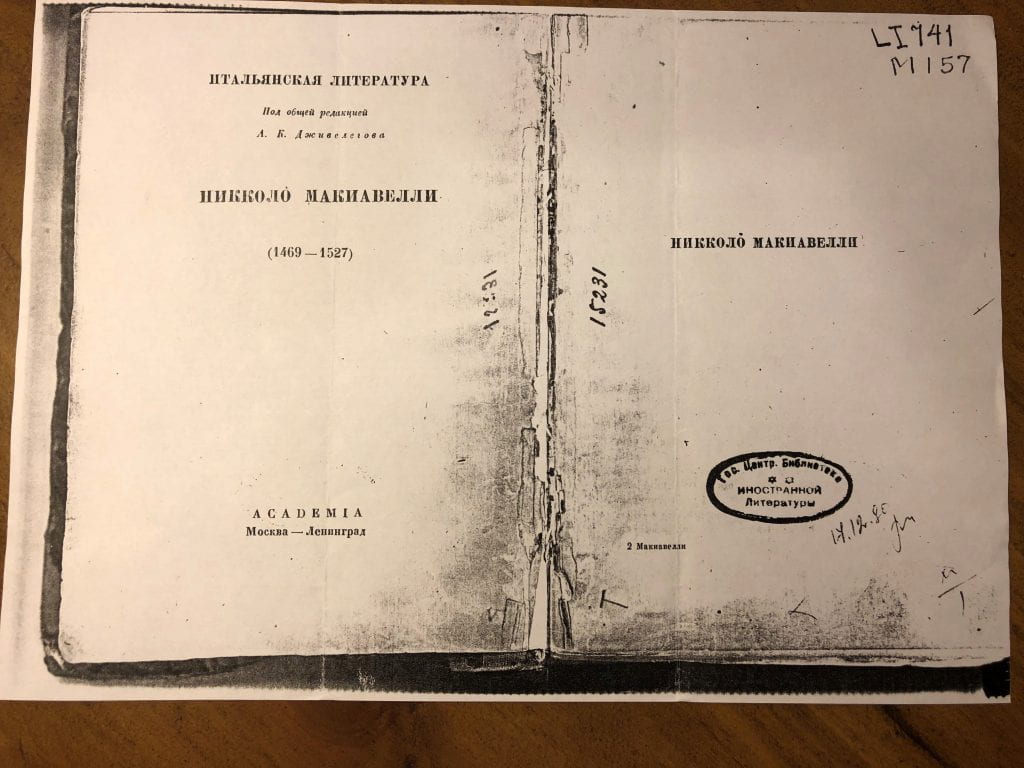
The following month Kamenev was arrested on a false charge of murdering Stalin’s friend Sergey Kirov. The first of the great purge trials followed, and in the course of the trial passages of the Preface were read back to Kamenev, who was accused of promoting the “hardened schemer” Machiavelli, who confused “what is criminal with what is not criminal, … what is good with what is evil.” Kamenev was found guilty of a series of crimes—to which he confessed–and he was executed by firing squad.
In the aftermath the copies of the Soviet Machiavelli edition were confiscated. Those that now survive are often marred or altered. In one example shown here, a copy in a Moscow library (Figure 2), the title page at right with Kamenev’s name has been torn out.
Kamenev’s “Preface” was translated and published in English by Chimen Abramsky in the New Left Review, 15, May-June 1962, pp. 34-42.
From Professor Joyce Chaplin (Harvard University):

Raymond Williams, Keywords: A Vocabulary of Culture and Society (1976).
“My publishers have been good enough to include some blank pages,” Raymond Williams explains in his Keywords: A Vocabulary of Culture and Society (1975). He invited readers to note down and send him their thoughts about words, the medium through which we—all of us—define and communicate ideas. It’s a rare work of intellectual history that says so clearly, to all readers, including undergraduates: you’re part of this. That’s why I teach with Keywords. Eight years ago, I developed a class on how ideas of nature and the natural have always been embedded in western ethics, long before bioethics and environmental ethics came into being. But most students couldn’t get beyond a commonsense assumption that nature is a material state that, through science, imposes its own meaning. Then I assigned the keyword “nature” from Williams and they got it: “nature” signifies the material world, but also all accumulated ideas about it. The beauty of Keywords is that Williams is clear and precise while admitting that words are “hard” and “complex.” The Oxford English Dictionary, peerless though it is, doesn’t warn students that etymology is difficult and counterintuitive; they must deduce that from an accumulation of OED subdefinitions. Williams supplies overt and welcome analysis. “Nature is perhaps the most complex word in the language,” he begins, next summarizing the word’s three dominant meanings, of which the commensensical “material world itself” comes last. Williams traces the three usages through time but points out that all of them “are still active.” Change and persistence are indeed the essences of history, which Williams demonstrates in six pages that run from nature’s happy Latin root, “to be born,” to its darker Darwinian offshoots, signifying struggle and extinction. US editions of Keywords lack the blank pages. There’s a teaching moment in that fact, too.
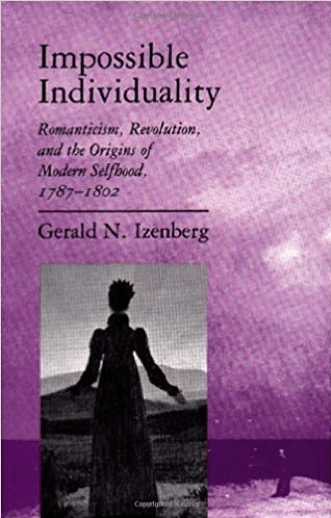
From Professor Samuel Moyn (Yale University):
Gerald N. Izenberg, Impossible Individuality: Romanticism, Revolution, and the Origins of Modern Selfhood, 1787-1802 (Princeton University Press, 1992).
Gerald Izenberg’s Impossible Individuality (1992) was the first scholarly work of modern European intellectual history I ever read — and, along with Izenberg’s teaching when I was an undergraduate at Washington University, convinced me to enter the field. I encourage all of my own students to include it in their orals preparation, as the most brilliant study ever written of the meaning and significance of Romanticism in European culture and thought. And when I teach graduate surveys on the practice of intellectual history, I often return to the instruction it provides in how to build a responsible biographical and psychobiographical argument, in substantiation of Izenberg’s neglected writings on theory and method over the years.
A long meditated sequel to his first book, The Existentialist Critique of Freud (1976), Izenberg’s second locates a rupture in European selfhood and morals in the response by intellectuals born in 1770 to the French Revolution, which dawned in their late adolescence. Their highly political response to the extraordinary events they lived through was to move from “individualism” and the notion of interchangeable selves to “individuality” and the claim to nearly godlike distinction – an inherently frightening vision of selfhood that left a permanent legacy in European thought, whether among liberals or radicals (even as some of the original Romantics became conservative in reaction to their own grandiose self-assertion). In making his case, Izenberg successfully disproves commonplace readings of the Romantic movement that cast it as apolitical (or even escapist, as Jerome McGann argued) or reconciliationist (as Meyer Abrams’s beautiful but flawed study Natural Supernaturalismproposed) — as if G.W.F. Hegel, though also born in 1770 and powerfully influenced by Romantics, were one himself.
Izenberg vindicates his thesis by careful study of three extraordinary individuals of that first Romantic generation: Friedrich Schlegel, William Wordsworth, and F.-R. de Chateaubriand. The book’s success in these readings is exemplary. For one thing, Izenberg proves the worth of chronological reading to illustrate in the fine details of individual production how historians can track them making sequential moves that a different approach would not even register. Second, he makes art – and it mattered that all of his protagonists were artists – central to understanding the trajectory of high theory. Third, he shows how to conduct a biographical contextualization of thought, without aiming at biography for its own sake. Fourth and finally, he brings to bear a complex understanding of psychoanalysis (as one trained in the field) to the study of those whose adolescent and adult experiences mattered equally as if not more than their childhoods in accounting for their intellectual breakthroughs.
In short, no student of modern European thought can afford to miss this masterpiece of the intellectual historian’s craft.
From Professor Martin Jay (UC Berkeley):
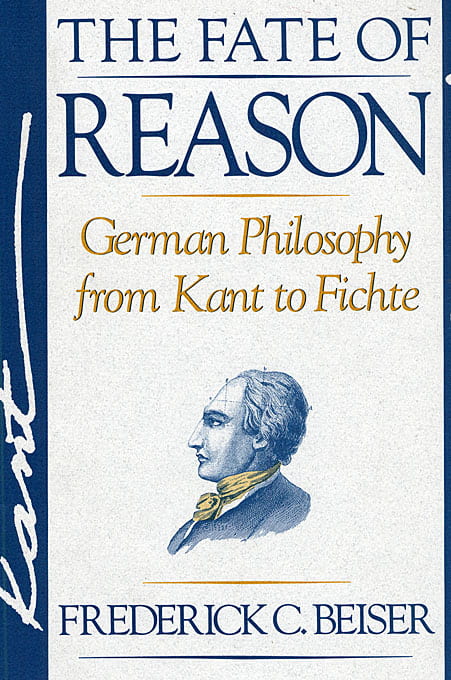
Frederick C. Beiser, The Fate of Reason: German Philosophy from Kant to Fichte (1987)
One book that I’ve always found very effective to teach in graduate seminars is not by an intellectual historian, properly speaking, but by a philosopher who appreciates the value of understanding ideas historically: Frederick C. Beiser’s The Fate of Reason: German Philosophy from Kant to Fichte. Published in 1987, it was the first of a series of wide-ranging studies of 19th-century German thought that demonstrate Beiser’s extraordinary command of very difficult material and his gift for presenting it in a lucid and accessible manner. While taking the ideas seriously on their own merits, he also succeeds in situating them in the context of their day, or more precisely, in their complex and nuanced intellectual context. That is, rather than focusing on the canonical giants of German Idealism—Kant, Fichte, Schelling and Hegel—Beiser gives us a richly detailed account of the full field of lesser figures whose arguments moved the debate forward. Beginning with the controversy over Spinoza’s dangerous legacy, which spawned the so-called Pantheism Debate, he shows how epistemological, ontological, moral and theological issues were all entangled in the search for a viable notion of reason that could survive the critiques of Hume, Hamann, Herder and Jacobi. Surprisingly, the book ends with Solomon Maimon, who is perhaps best known for his remarkable autobiography (recently translated in its entirety by Paul Reitter and edited by Yitzhak Malamed and Abraham Socher). Beiser makes clear the critical role Maimon played in moving Idealism beyond the philosophy of transcendental subjectivity developed by Kant.
What I particularly like about Beiser’s approach is his skill in depicting the drama of the intellectual conflicts he treats through a rational reconstruction of the stakes involved. Philosophically astute, he is able to appreciate the strengths and weaknesses of each argument, while at the same time giving us a lively narrative of the larger discussion at a crucial juncture in modern European intellectual development. Although the book would be a challenge for all but the most gifted undergraduates, it sets the scene very effectively for a graduate seminar devoted to the reading of the main texts of Germany Idealism. And it whets the appetite for later studies by Beiser, which take us from the Enlightenment and Romanticism through late 19th-century neo-Kantianism and the pessimistic purveyors of Weltschmerz. At a time when many mainstream philosophers are indifferent to the historical background of the issues they treat, Beiser is a refreshing exception, keeping open a dialogue between intellectual historians and philosophers that benefits both.
